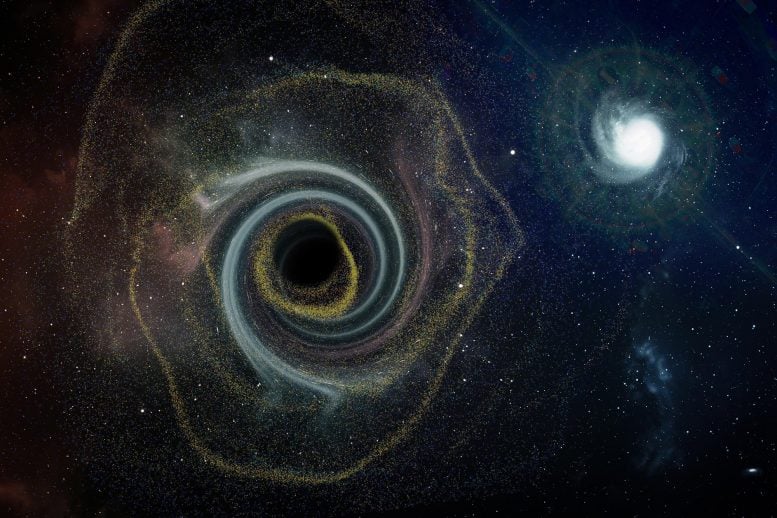
Team COMPAS released the first public beta of their binary population synthesis code. It blends statistical analysis and rapid population synthesis for studying stellar and binary evolution. Users can help improve the code by adding better evolutionary models and emulation techniques.
Today, team COMPAS (Compact Object Mergers: Population Astrophysics and Statistics) has announced the first public beta release of their rapid binary population synthesis code (available for download here).
Initially, the code—co-developed by researchers from the ARC Centre of Excellence for Gravitational Wave Discovery (OzGrav)—was created to explore gravitational-wave observations. Gravitational waves are ripples in space-time that radiate out from the collision of two accelerating masses, such as neutron stars or black holes. COMPAS uses models of binary stellar evolution to make predictions for the rates and properties of these collisions.

OzGrav Postdoctoral Researcher Simon Stevenson from Swinburne University of Technology says: “COMPAS allows us to understand how the binary neutron stars and black holes being observed in gravitational waves are formed.”
COMPAS has since expanded to include other observational signatures of binary evolution, including Galactic Double Neutrons Stars, X-ray Binaries and Luminous Red Novae. Different observations provide new insights into gravitational-wave research and help to complete the picture of binary astrophysics.
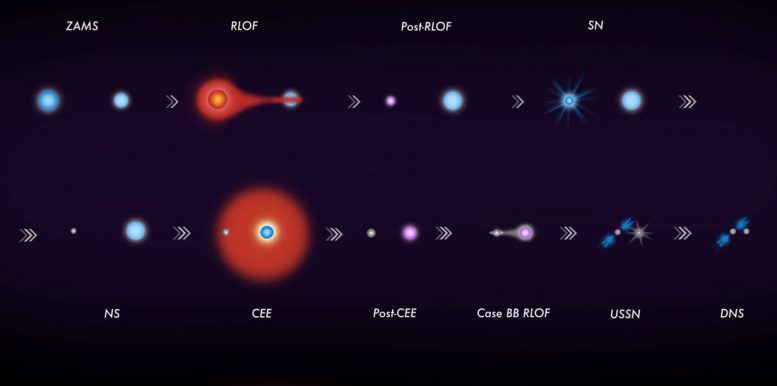
Illustration of the evolution of a massive stellar binary leading to the formation of a double neutron star. Credit: T. Rebagliato and Team COMPAS (Vigna-Gómez et al., 2020)
Most massive stars are known to be born in binary systems. Interactions between companion stars alter the evolution of the stars and binary system. The physical processes involved in binary formation and evolution are currently uncertain; however, scientists are starting to gain a better understanding through observations of astrophysical phenomena in different stages of binary evolution. The COMPAS code combines tools for statistical analysis and model selection with rapid population synthesis, allowing scientists to dig deeper into stellar and binary evolution.
OzGrav Chief Investigator Ilya Mandel from Monash University explains: “I am very excited that we’ve reached this milestone in the development of the COMPAS binary population synthesis modeling and astrostatistics code, thanks to the hard work of a dedicated group of students and collaborators. I hope that the public release will allow other colleagues interested in this topic to become involved and accelerate the pace at which we can address key questions in the evolution of binary stars.”
OzGrav Ph.D. student Jeff Riley from Monash adds: “A lot of people have worked hard to develop COMPAS over a number of years. I’m very happy to have contributed, and very excited about the public release – now we can all get some sleep!”
The COMPAS team encourages users to contribute and improve the code, ranging from better evolutionary models to more sophisticated emulation techniques.

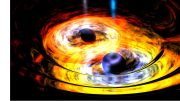


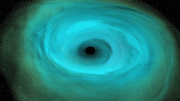

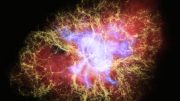

Be the first to comment on "Exploring the Mystery of Black Holes: Scientists Release Stellar Code to the Public"